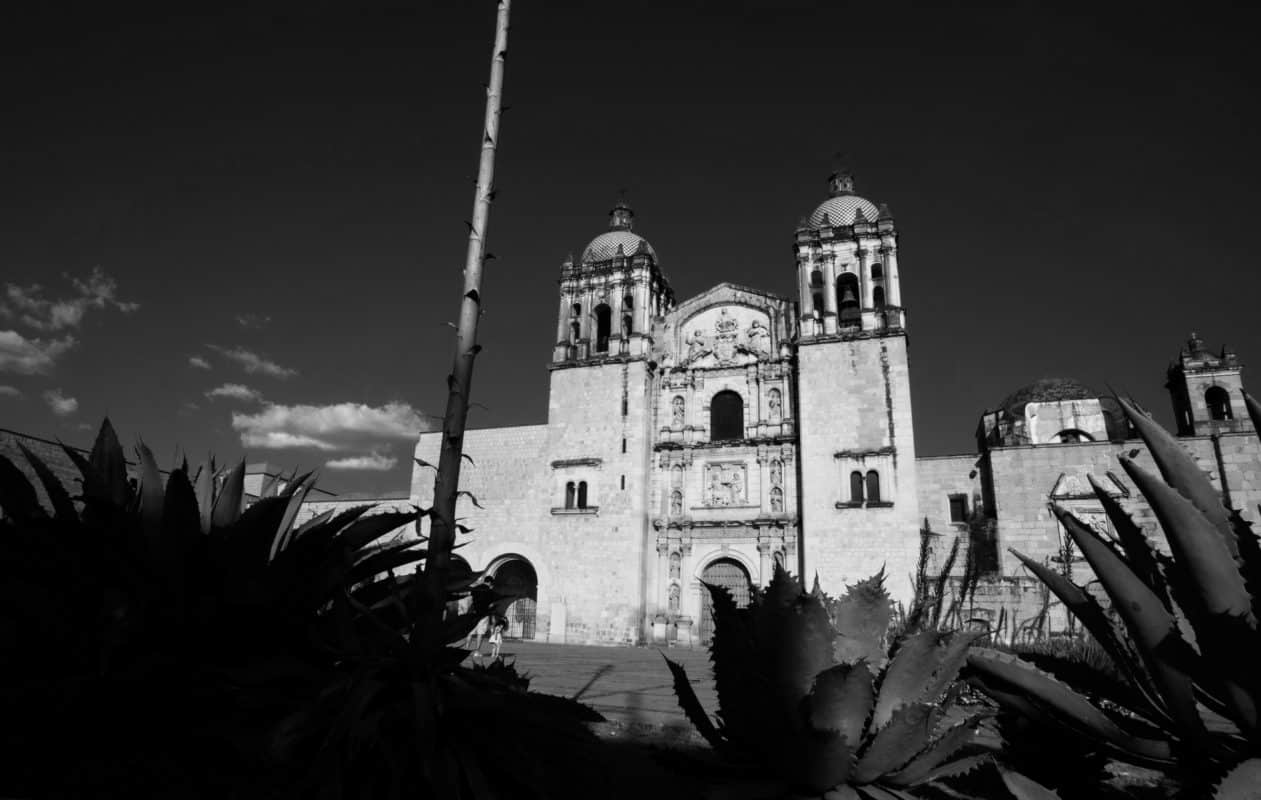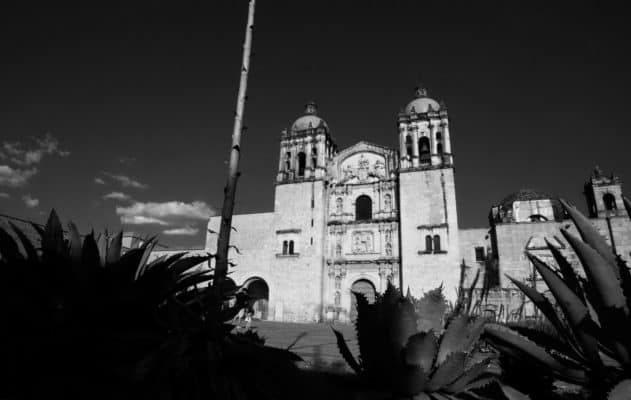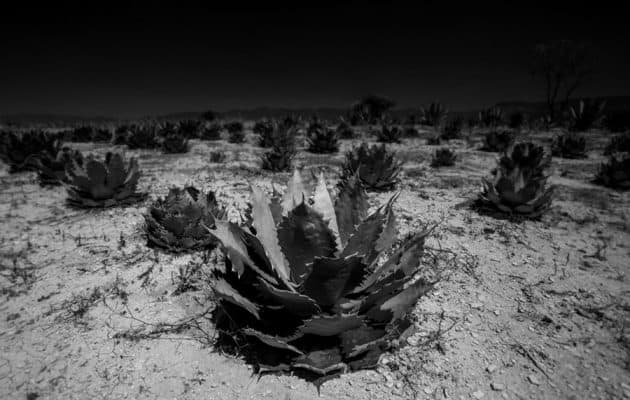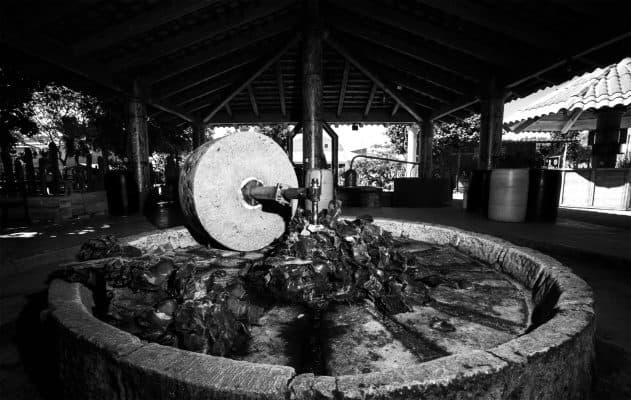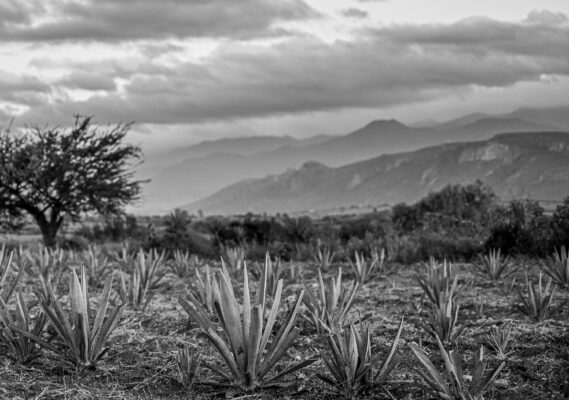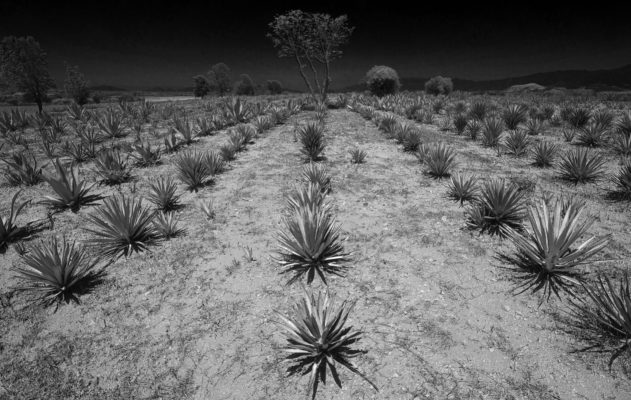“The ‘tree of wonders’. This is how the Spanish conquistadors described the agave on their return from the first expeditions to what was still called New Spain. It is true that the ability of agaves to grow completely wild in places where life seems difficult to sustain is a source of admiration. Above all, the ease with which they have been able to provide the resources necessary for both animal survival and human development throughout history is fascinating.
The first traces of the use of agave in human history date back more than 10,000 years. They show its use in clothing and housing by the first peoples of America; the leaf was used to produce a fibre for cloth and clothing. The thorns were used as sewing needles. These same needles were also used in medicine to stitch and heal wounds. The dried leaves could be used to make a roof watertight. Finally, agave was used to make soap.
During their exploration of the New World at the end of the 15th and beginning of the 16th centuries, the Spanish conquistadors also informed the Spanish crown of its consumption as food by the Aztecs and the indigenous populations. They discovered an alcoholic drink called Pulque, the result of an ingenious process of fermentation of the agave plant.
The result of the fermentation of agave sap, Pulque was described as the only alcoholic beverage known to the local people. At between 7 and 9 degrees, it was considered by the Aztecs to be a sacred elixir that allowed access to a modified perception of reality. Mainly used in religious ceremonies, it provided a spiritual bridge to connect the souls of the living to the world of the gods and spirits.
The only writings found on the genesis of Mezcal suggest that the Spaniards had a major role in its creation. Mezcal is said to have been born of a fiery encounter between two worlds that were in conflict. At the end of the 16th century, the Spanish conquerors, having run out of brandy, sought a way to quench their thirst. They decided to transform the sacred pulque by adding alembic distillation to the existing fermentation process, a technique passed on by the Arabs during their occupation of Spain. Mezcal, the result of this clever blend of cultures, was an immediate success and the fermentation-distillation technique, unique in the world, was passed on to the greatest number of people until it became a national know-how.
At its peak, during the 18th century, mezcal production was such that the Spanish decided to tax its consumption heavily. Producers in the south of Mexico, where resistance to the Spanish occupation was strongest, had to be inventive in order to avoid the numerous controls exercised by the authorities. This cat-and-mouse game continued for centuries, but the agave’s ability to grow in the most remote and desolate places worked in its favour, as producers were able to move continuously and thus escape repression. This repression, which was sometimes bloody, never put an end to clandestine production because, in the course of the resistance, a belief had taken hold. That of a Mezcal that was the fruit of the sacred expression of the ancient gods, an elixir that they had divinely inherited. It is this belief that has allowed the preservation of this culture as we know it today. The know-how continued to be passed on in secret and even if mezcal fell into oblivion for a while, its survival relying only on the devotion of a few families, its legend became eternal.
Today, agave has regained its credentials. Researchers have begun to take a close interest in its fascinating succulents and more than 200 species have been listed to date, of which about fifty are used in the manufacture of Mezcal. Beyond this use, agave is beginning to be used in wellness products made in an ecological and responsible manner, offering new and promising perspectives for the tree of wonders.


